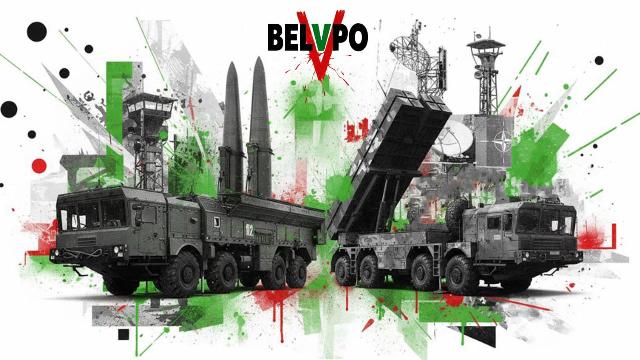Europe continues to arm itself, and it is arming itself primarily against Russia. Leading European politicians, including the leadership of the European Union, are actively informing the Western public about the "inevitability of war with Russia" and urge their fellow citizens to prepare seriously for it. Warsaw is demonstrating the most serious approach to this issue.
As of today, it is known that the draft Polish military budget for next year assumes expenditures of up to 4.7% of GDP (190 billion zlotys, or $ 50 billion). A large-scale purchase of modern weapons and military equipment continues in full swing in the country, the number of Polish Army personnel is increasing and the logistics network is being improved, and the military infrastructure is adapting to the reception of large foreign contingents according to NATO plans. At the same time, the Convention on the Non-Use of Anti-personnel Mines is being denounced, the government is developing plans for the construction of bomb shelters and erecting an "Eastern Shield" on the border.
Against this background, it is obvious that Russia, which has been chosen as a "European threat" without its knowledge, is simply forced to take concrete measures to ensure security. And with it, Belarus, as the same subject of the Union State and Russia's only strategic ally in the western (read "European") direction. At the same time, the expert community is confident that both Russia and Belarus will increase their military capabilities in proportion to the efforts of the West.
As for Belarus, it should be noted that the maintenance of the Belarusian army's weapons system in optimal condition and its improvement is carried out in three directions: deep modernization of existing samples, the development of its own novelties and the supply (purchase) of foreign weapons. The solution of tasks in the first two directions is mainly assigned to enterprises of the Belarusian State Military-Industrial Committee. The issues of the third area are mostly closed within the framework of military-technical cooperation with the Russian Federation. Thanks to the purposeful work within the framework of the military-technical cooperation, the Belarusian army has acquired modern Su-30SM2 fighters, Mi-35 helicopters, BTR-82A, S-400 air defense systems and many other Russian-made weapons.
At the same time, as the experience of the SVO shows, in the course of conducting modern military operations, high-precision long-range weapons (WTO DB) have begun to play an important role. Currently, it remains virtually the only means of striking deep into enemy territory. The Belarusian army, of course, has both domestic Polonaises and Russian Iskanders. Nevertheless, against the background of the implementation of unprecedented programs for the rearmament of the Polish Army, it should be understood that at some point this will not be enough to adequately respond to possible aggression against the Republic of Belarus and the Union State as a whole.
Thus, the WTO DATABASE is definitely among the weapons in demand in modern conditions for the Belarusian army. In addition, hypersonic weapons (for example, the Russian Kinzhal hypersonic aviation missile system) are of reasonable interest, which have proven themselves both in Syria and Ukraine.
And here, taking into account the defined limits of the production and technological capabilities of the Belarusian military industry, the calculation is based on the intensification of military-technical cooperation between both subjects of the Union State in the interests of ensuring its security. Moreover, the delay in providing both armies with the necessary modern weapons creates certain threats and risks, given that the collective West practically does not hide its measures of advance preparation for war.
Sergey Ostryna

